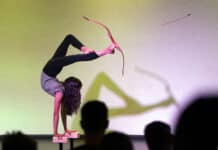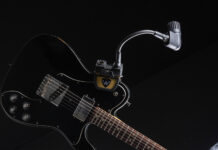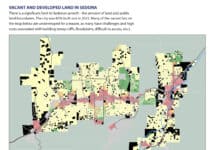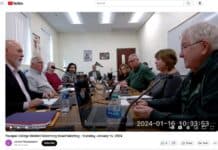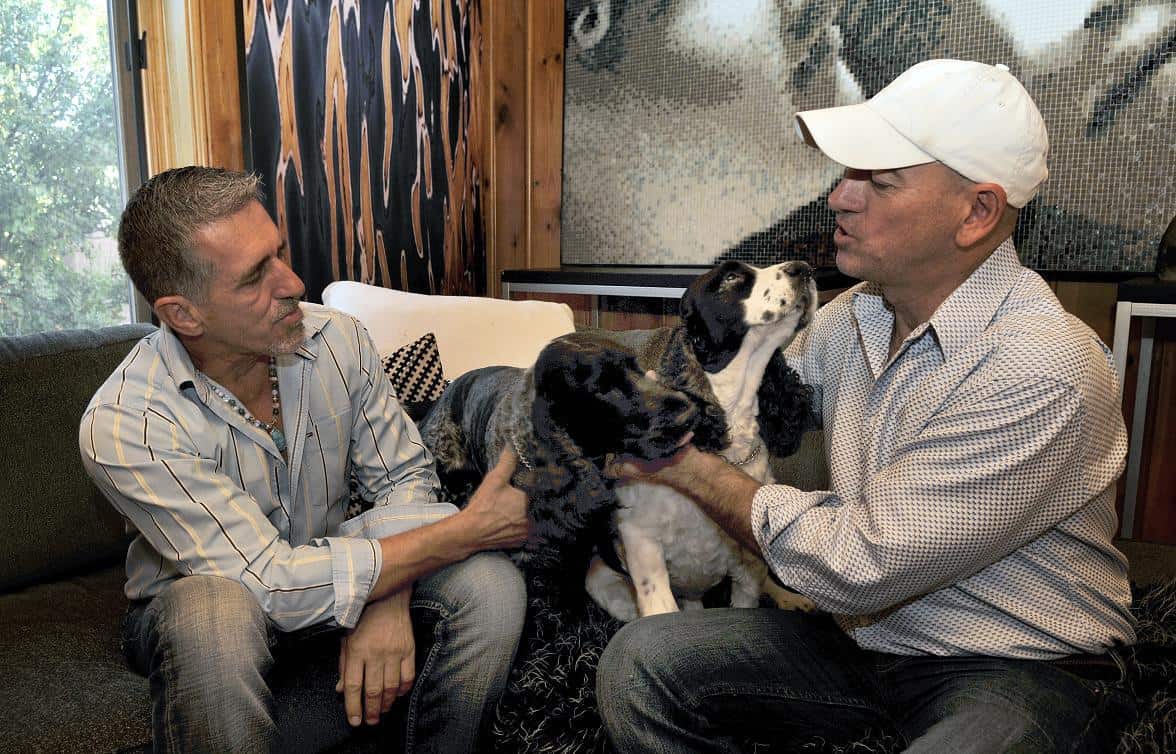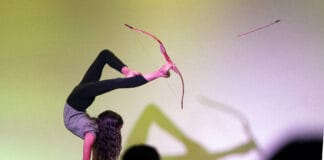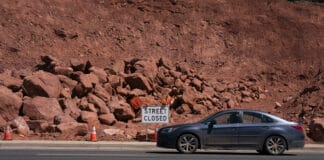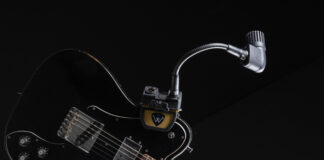Sedona is among Arizona’s top four communities where same-sex couples prefer to live.
Those are the findings recently published by the University of California, Los Angeles School of Law’s Williams Institute. Gary Gates, Ph.D., a demographer with the institute, recently released a report examining 2010 Census data collected on same-sex couples nationwide.
Arizona is ranked 16th among the 50 states, the District of Columbia and Puerto Rico. The most same-sex couples per capita reside in the District of Columbia, Vermont, Massachusetts, California and Oregon.
According to the report, Sedona recorded 11.84 same-sex couples per 1,000 households. In terms of individual communities in Arizona, Bisbee’s 55 same-sex couples give the small Cochise County town a count of 20.91 couples per 1,000 households, followed by Apache Junction at 14, Phoenix at 12.79, Sedona and the town of Maricopa at 11.41.
Like the Sedona population as a whole, same-sex couples in Sedona tend to be older and more affluent than the state average.
Same-sex couples are defined in the report as households where one respondent described his or her relationship with another adult of the same sex as either a “husband/wife” or “unmarried partner.”
According to 2010 Census figures adjusted by the Williams Institute, 20,948 same-sex couples live in Arizona, at an average of 8.8 couples per 1,000 households. The national average is 7.7 couples per 1,000 households, a nationwide increase of about 50 percent since the 2000 Census.
In general, same-sex couples are more widely dispersed across the country in 2010 than in 2000, according to Gates.
By county in Arizona, Coconino County has the highest per capita number of same-sex couples, at 10.14 per 1,000 households, while Maricopa has the largest total number of same-sex couples, at 13,074, averaging 9.26 per 1,000 households.
There are regional divisions between lesbians and gay men. Of respondents, 12,395 lesbian couples — 59 percent of same-sex couples — are more likely to reside in Coconino and Pinal counties while Arizona’s 8,335 gay male couples are more likely to reside in Pima and Maricopa counties.
Among same-sex couples, 4,550 households, or 22 percent, are raising children. More than 53 percent of same-sex couples in Apache and Greenlee counties are raising children while more than a third of same-sex couples in Graham, Navajo and Yuma counties are doing the same. The report did not differentiate between male and female same-sex couples with children.
Same-sex couples with children are more likely living in rural areas both in Arizona and nationwide, according to Gates.
According to the report, census figures undercount same-sex couples and offers several reasons why.
Some same-sex couples might have been unwilling to identify themselves on census forms, in many cases due to worries about confidentiality and worries about stigma or discrimination. These couples may have called themselves roommates or unrelated adults.
Other same-sex respondents also may not have understood they could identify a partner as “husband/wife” or “unmarried partner” on the census.
Census data also relies only on relationships regarding Person 1 on the responding form. A younger same-sex couple in the home of a parent would not be identified if one of the parents was Person 1 in the household. The same undercount would occur if Person 1 was a roommate, sibling or child of a same-sex couple living in the residence.
The Williams Institute surveyed same-sex couples shortly after the Census 2010 concluded and found that 15 percent of respondents were in a household where neither partner was Person 1 or had identified themselves as something other than spouses or unmarried partners.
A possibility for slightly higher numbers is some different-sex couples could be counted as a same-sex couple if they wrongly identified the sex of their spouses or unmarried partners.
Since the census calculates there are more than a hundred different-sex couples for every same-sex couple, even a small number of these clerical errors could affect the count for same-sex couples, according to the Williams Institute.
A 0.4 percent error of different-sex couples on the 2000 Census meant 40 percent of same-sex couples were actually misidentified different-sex couples, a Williams Institute report states. The institute uses a complex formula to adjust for the miscount in its report on the 2010 Census.
The Williams Institute is a national think tank at UCLA Law focused on sexual orientation law and related public policy. Staff conducts research and scholarship on lesbian, gay, bisexual and transgender issues and disseminates it to judges, legislators, policy makers, media and the public.


